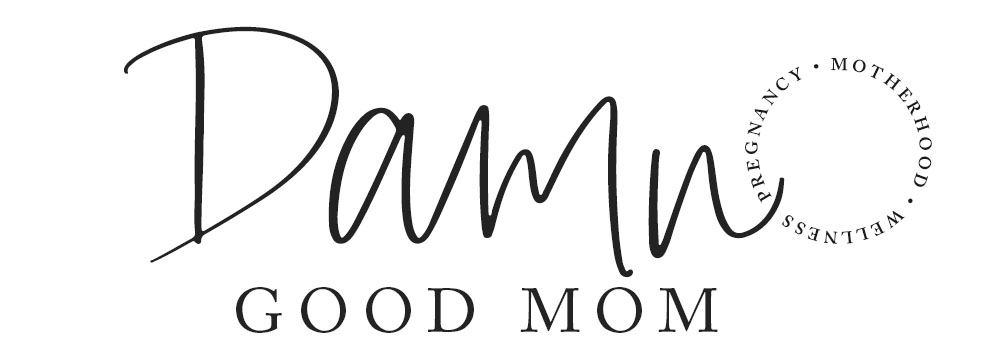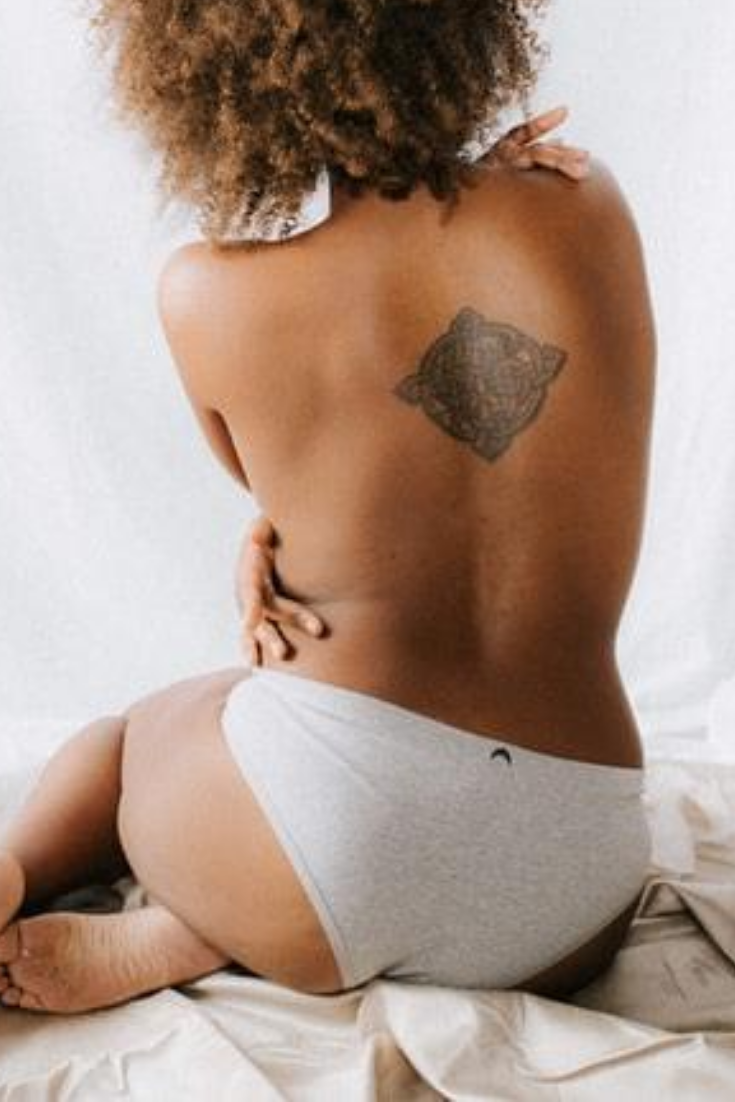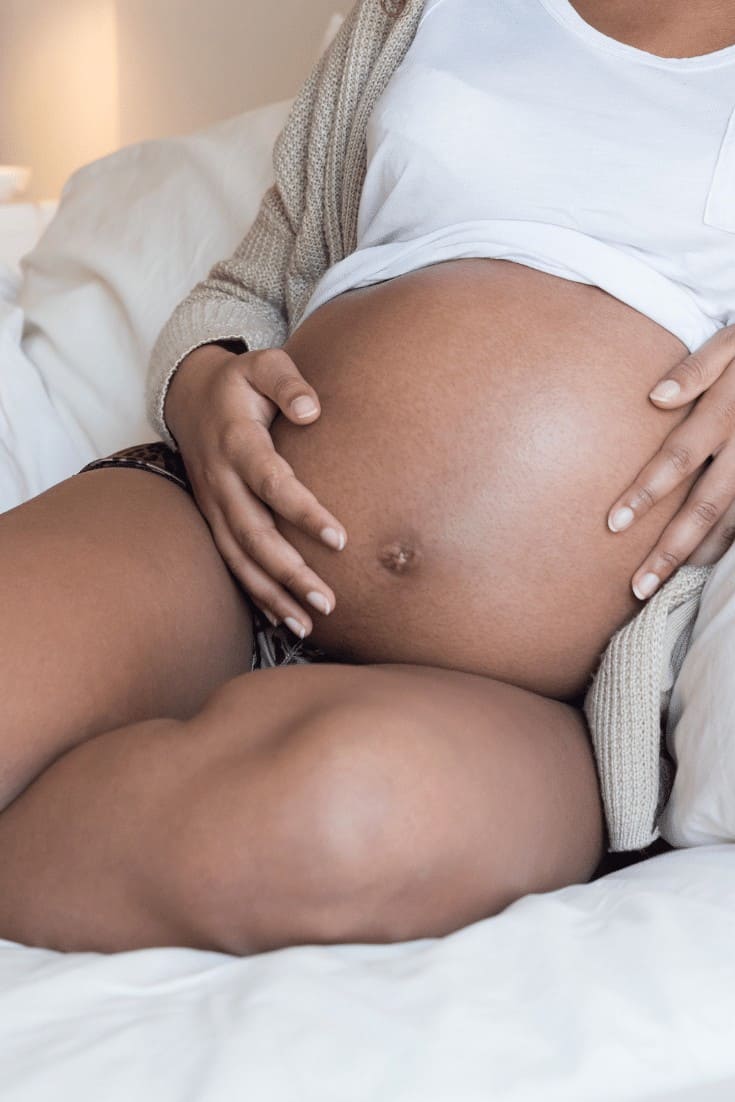Here you’ll find tips for postpartum recovery and healing after a vaginal birth.
Postpartum Recovery
The postpartum recovery period is the six week period following any type of birth (1). It’s a period in which our bodies are finding it’s way back to a new normal because honestly our bodies are forever changed, after giving birth. Even if you manage to get your sexy back (snatched) in record time, you are still a new woman inside and out.
My Postpartum Story
I had a natural birth and I thought that pushing my baby out would be the end of the pain I experienced. I was wrong.
I may be oversharing but I tore while pushing and as a result healing postpartum was an uncomfortable process. There is the blood (no one tells you about), the stitches, and stinging sensations that accompanied each bathroom visit. It’s no fun.
My best advice is to find ways to heal as quickly as possible, so you can get to the business of enjoying motherhood.
These postpartum recovery tips can help.
Related Posts:
- 17 Essential Postpartum Tips for the Sleep-Deprived Mama
- How to Fall In Love With Your Postpartum Body
- 7 Brilliant Habits of a Happy Mom
7 Tips for Postpartum Healing After a Vaginal Birth
1. REST
Seriously, take the time you deserve and rest. If you’re anything like me and love things to be organized and get anxious when your home looks like a tornado, then this can be difficult advice. You want to wash, vacuum, clean, and maybe even work. BUT doing those things will not help you heal quickly.
Give your body respect. Almost a year was dedicated to growing and nurturing a baby. Focusing on the things that truly matter, like tasks related to caring for your new baby and any possible sleep you can get, is the best way to use your limited amount of energy.
2. EAT WELL
Many women find the postpartum period more demanding than their entire pregnancy because feeding and caring for a newborn can be exhausting. And, while you may be unable to control how much sleep you get, you can try to control the foods you include in your diet.
I’ll admit…
It’s easier and more convenient to grab potato chips and process snacks but they can leave you feeling even more sluggish than you already feel. Instead, consider eating vegetables, fruits, and quality proteins that make you feel energized.
Postpartum Dieting Tips:
Lean on Green Vegetables
Leafy greens like kale, spinach, and collards have vitamins, minerals, antioxidants and fiber yet they are low in calories (2).
Replace Unhealthy Snacks with Fruits
Fruits often get a bad wrap for their sugar content; however, if you have a craving they can be the perfect substitute for low quality snacks. You may want to limit dried fruits but things like berries are low in sugar (fructose) and high in antioxidants (3).
I’m a huge fan of green smoothies, nice cream (diary-free), and frozen grapes.
Make Plant-based Proteins your Friend
Many people only think of animal products when thinking of proteins but there is an abundance of quality proteins not derived from animals including: lentils, chickpeas, peas, nuts, quinoa, beans, seeds and more (4). Eating plant-based proteins requires less energy to break down than animal proteins and therefore are easier to digest which means your body can use the nutrients more readily and provide you with more energy (5).
If you are new to beans, I’d make sure to soak them overnight or opt for canned beans in cans that have a BPA-free lining. Sadia of the blog Pick Up Limes explains well the benefits of soaking beans and grains.
3. CONTINUE TAKING VITAMINS
If you were taking prenatal vitamins or supplements throughout your pregnancy, talk with your medical provider about continuing an appropriate vitamin regimen. They can continue filling in any nutritional gaps you may have in your diet. Additionally, if you are breastfeeding, they can help support a healthy milk supply (6).
4. BE KIND TO YOUR POSTPARTUM BODY
When we first give birth, we are often left with some extra weight around the belly and maybe even some stretch marks. Our uterus hasn’t completely shrunk back and our skin has just been stretched to the max. These changes are common – even if they aren’t desirable.
Instead of being overly critical of our bodies, we can use the early days of postpartum life to thank our bodies. Then, in time, we can begin to move towards health and postpartum workout programs that can help with postpartum belly. Just be sure to heed your doctor’s advice and wait to get the OK, before starting any exercise routine.
5. LEARN MORE ABOUT POSTPARTUM BELLY WRAPS
Postpartum belly wraps and bands don’t make you lose weight but they can offer lower back support, abdominal support, and aid with swelling. Many women begin wearing them immediately after giving birth and swear by their effectiveness.
There are tons of options on the market for abdominal binders aka belly wraps. If you decide to go that route, do some research to find the best one for your body.
6. MOVE THE MUSCLES DOWN BELOW
The great things about exercising your vaginal muscles or doing kegels is that you don’t need a fancy gym set up to make it happen. All you need is time a few minutes a few times a day.
If you are thinking that kegels are just for improving sexual experiences for both partners – you may be pleased to know, it’s not just about sex; in fact, kegels are also great for pelvic floor and incontinence issues.
At the appropriate time, start including kegels in your daily routine; here is a kegel exercise guide by the Mayo Clinic.
IF YOU TORE & EVEN IF YOU DIDN’T
There are four different types of perineal tears including: 1st degree, 2nd degree, 3rd degree, and 4th degree. 4th degree tears are the worst but they all cause discomfort and take time to heal.
Here are more postpartum healing tips.
6. USE YOUR PERI BOTTLE
If you gave birth in a hospital or plan to give birth in a hospital setting, you’ll likely be provided with a cheap squeezy bottle aka the peri bottle. You also have the option of buying a something like a Fridet/TheMomWasher. Either is a must-have when using the bathroom after giving birth especially during the first week or so.
When my nurse first used it on me, I wanted to slap her. How dare she surprise my lady parts like that??!! But the more I used the bottle the more soothing it became, especially when I used warm water.
To use, you basically squirt a stream of warm water at your vagina while you urinate to lessen the pain. It worked for me. I hope it works for you too!
7. TAKE A SITZ BATH
When the peri/Fridet bottle isn’t enough, consider taking a sitz bath. Run the idea past your doctor or midwife first and if you’re given the go ahead here what you do.
How to Take a Sitz Bath
- Decide what you want to add to your bath. Many people use Epsom salt, witch hazel, herbs, and/or essential oils. Do some research before adding anything other than salt to the bath so that you are aware of how it may effect you.
- Create a relaxing atmosphere in your bathroom.
- Fill a clean bathtub up enough to cover your nether regions. The key is to use warm water to increase blood flow to the area.
- Add the ingredients to your sitz bath.
- Relax and soak for 15-20 minutes.
When you are finish with your sitz bath, take a bit more time to relax. I like to follow with a quick shower.
Also bacteria love warm and moist areas, so be sure the area is completely dry after your bath. If you can’t air dry consider blot drying carefully to remove extra moisture.
I hope these tips help you through your postpartum period. If you have some tips that helped you, be sure to share them in the comment section below.
If you aren’t following along on Pinterest yet, join me today.







